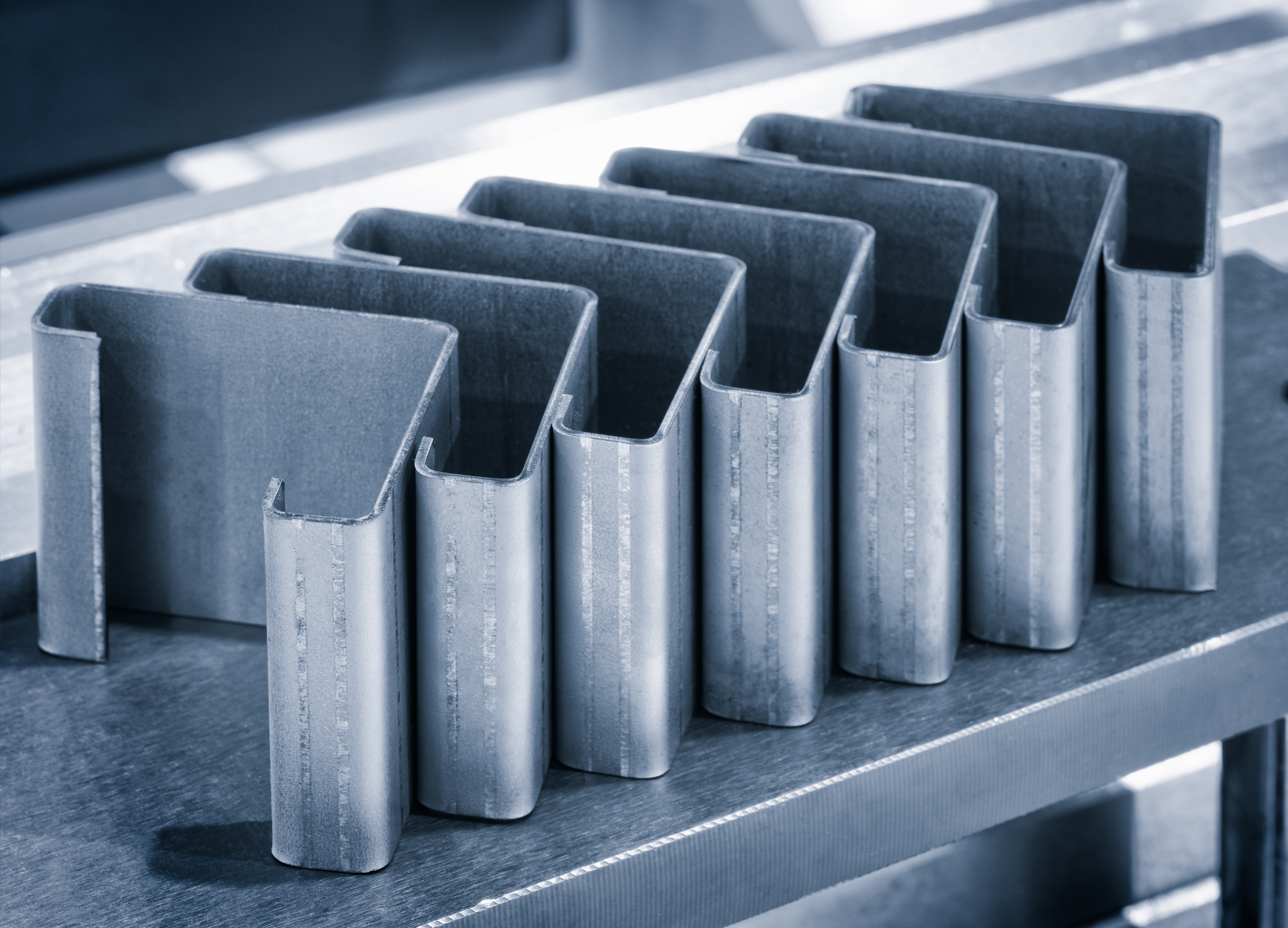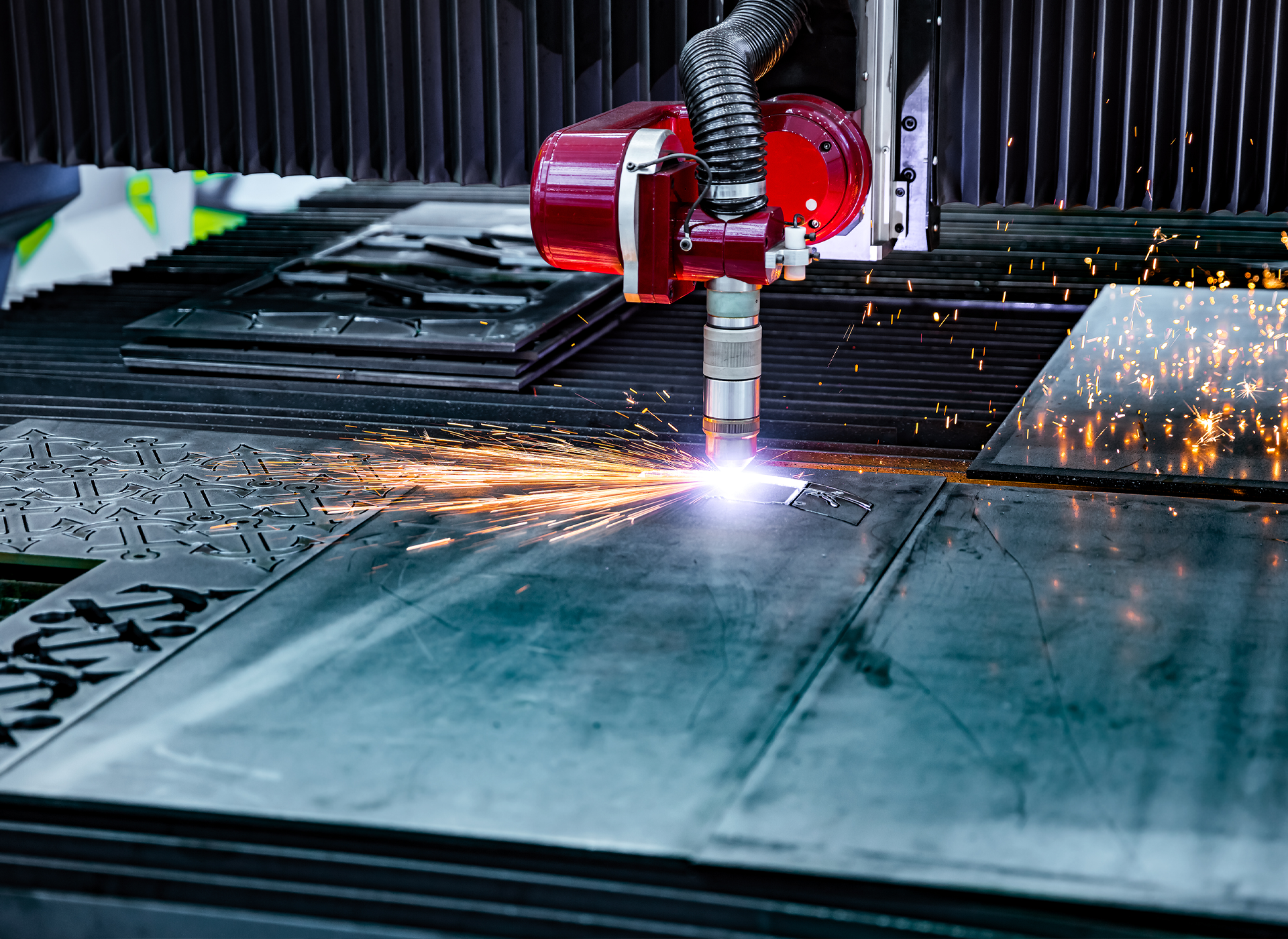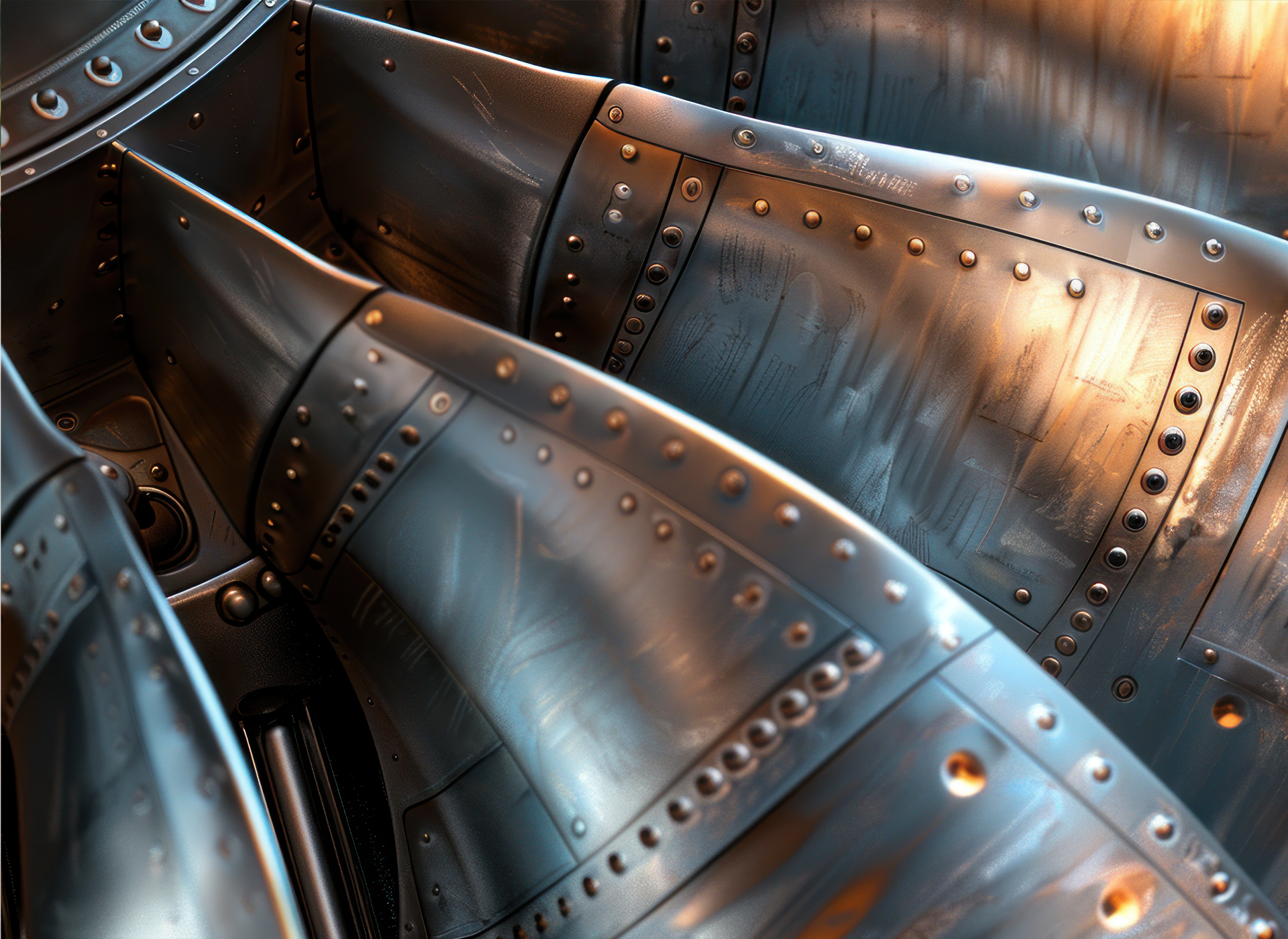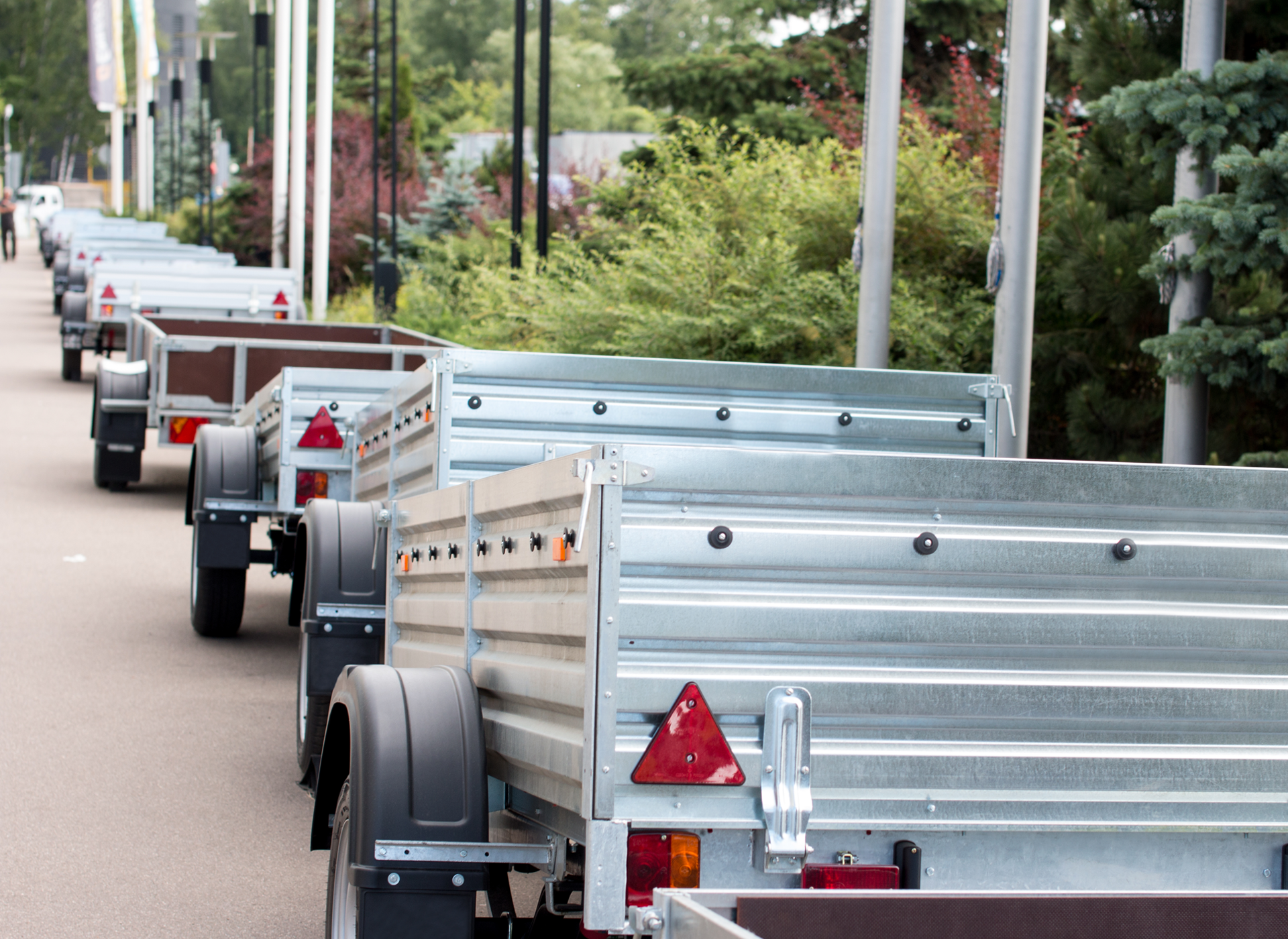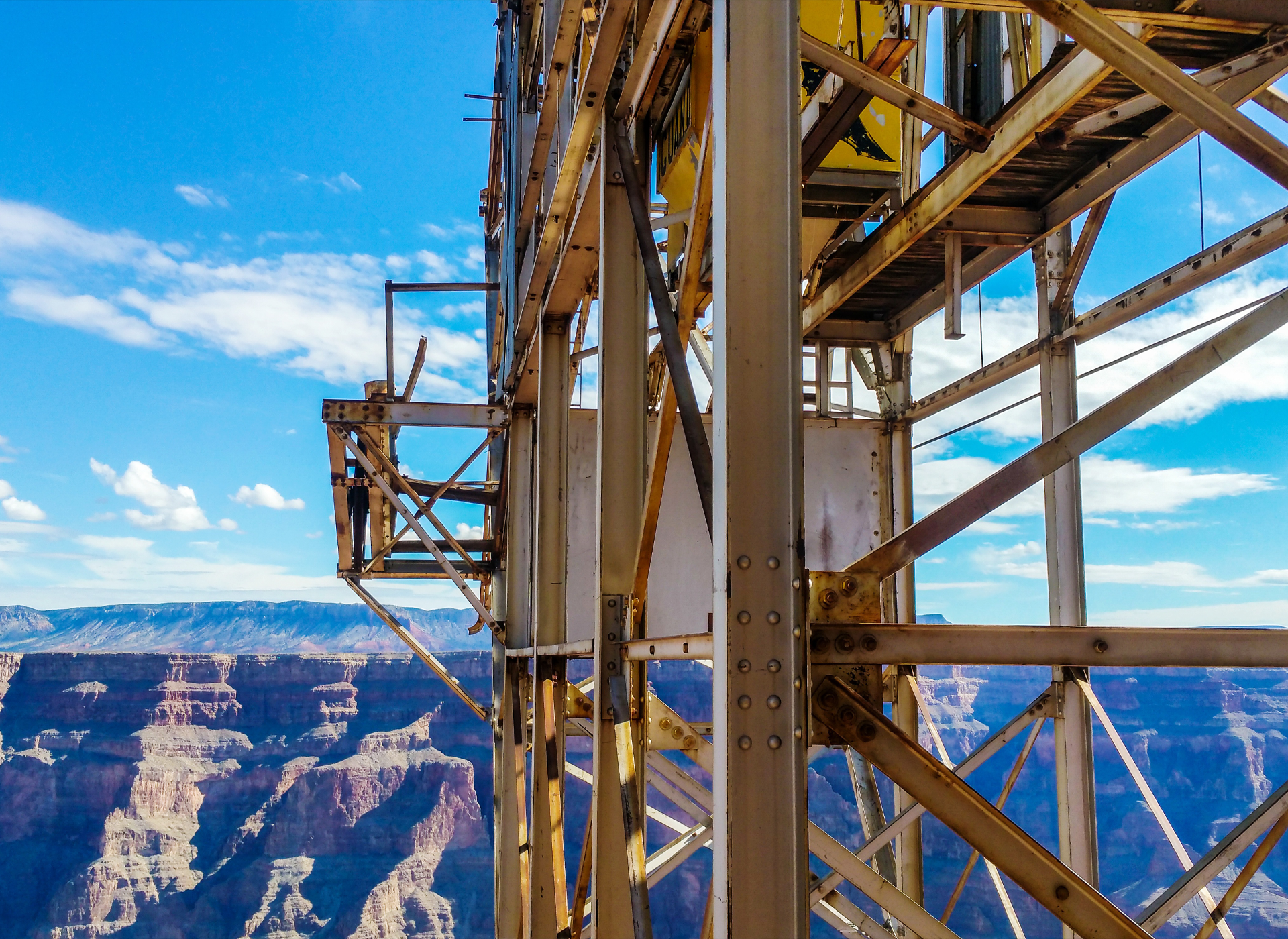Best Steel for Mining Equipment: Abrasion Resistance Explained
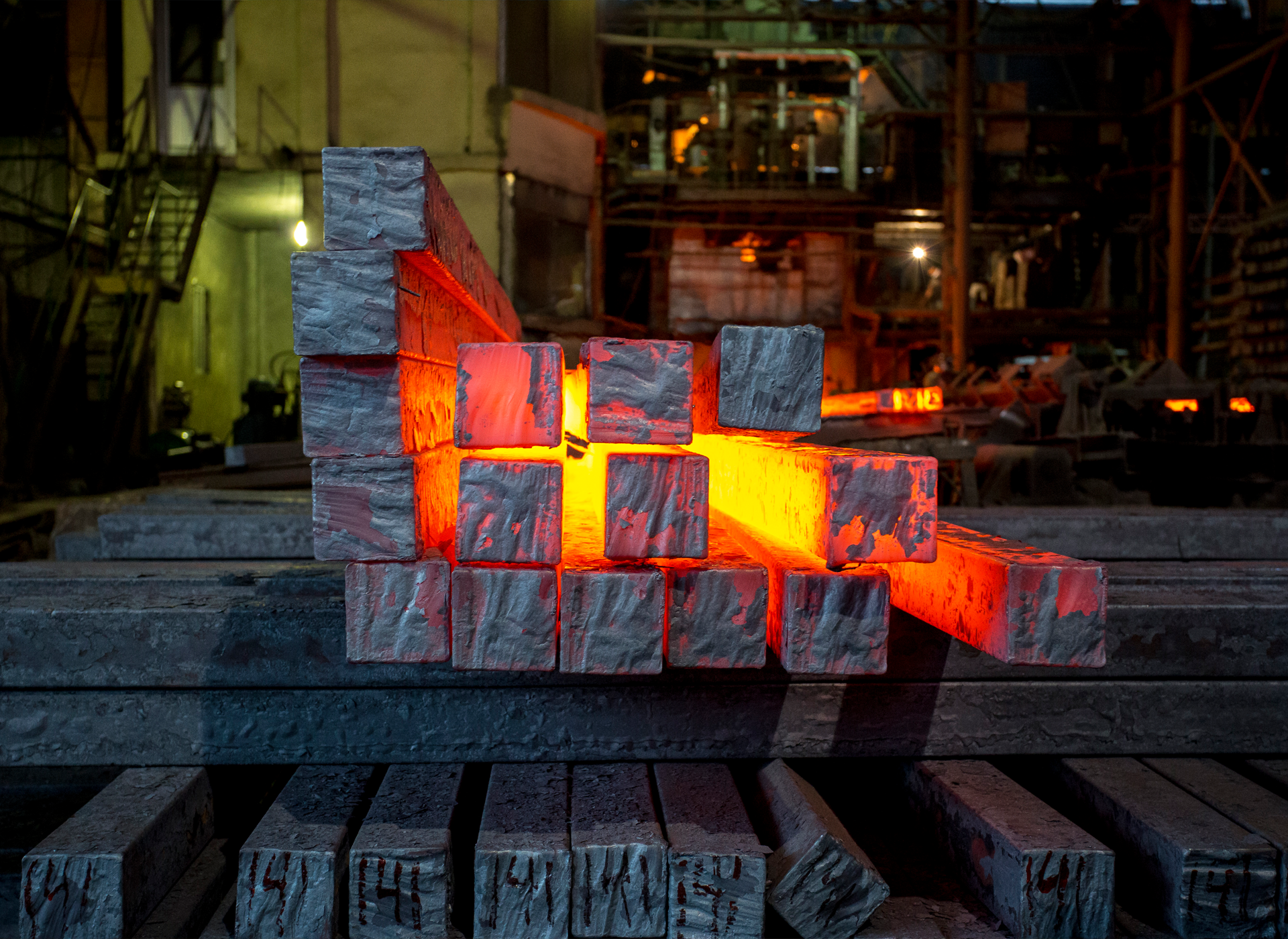
In the mining industry, equipment is subjected to some of the most extreme conditions imaginable. From crushing and hauling to loading and conveying, mining machinery operates in environments filled with abrasive rock, corrosive materials, and high-impact applications. For equipment to last and perform reliably, one factor is non-negotiable: the quality of the steel used to build it.
At Olympic Steel, we help mining OEMs and fabricators source abrasion-resistant (AR) plate and high-strength steel built to withstand these environments. In this blog, we explore which steel grades are best for mining equipment, why abrasion resistance matters, and how the right material selection can reduce downtime, improve productivity, and lower total cost of ownership.
The Role of Steel in Mining Equipment Performance
Mining machinery operates continuously in rugged conditions. Whether you're digging, drilling, transporting ore, or screening aggregates, steel components take the brunt of the workload. If the steel is too soft, components wear out quickly. If it's too brittle, parts can crack under stress. Choosing the right steel grade for the job is essential.
Wear parts like liners, buckets, blades, chutes, and hoppers require material that resists constant abrasion. Structural parts such as frames, support beams, and arms demand high strength and toughness. Combining these requirements often means working with specially engineered steels that strike a balance between hardness, impact resistance, and durability.
Understanding Abrasion Resistance in Steel
Abrasion resistance refers to a steel's ability to withstand scraping, sliding, or impact from other materials without losing thickness or integrity. This is particularly important in mining, where equipment interacts constantly with coarse rock, sand, gravel, and ore.
The primary metric for abrasion resistance is Brinell Hardness (BHN). The higher the BHN, the more resistant the steel is to surface wear. Olympic Steel provides AR plate in a range of hardness levels to match different mining applications, from lighter-duty conveying systems to heavy-duty haul trucks and excavator buckets.
Abrasion-resistant steel achieves its properties through alloying and heat treatment. This process increases surface hardness while maintaining core toughness, ensuring that components can absorb impact without fracturing.
Top Steel Grades for Mining Equipment
Different mining applications require different levels of wear protection. Olympic Steel offers several grades designed for demanding use in mining environments. Here’s a closer look at the most commonly used ones:
AR400
AR400 is one of the most versatile abrasion-resistant steels used in the mining industry. With a Brinell hardness of around 360–440 HBW, it offers a strong balance of wear resistance and formability. This makes it ideal for parts such as dump truck liners, dozer blades, hoppers, and screens.
Fabricators appreciate AR400 for its ability to be plasma cut, formed, and welded with conventional methods. It provides reliable wear protection in environments where moderate to high abrasion is present.
AR450
AR450 increases the hardness slightly over AR400, making it better suited for components exposed to more aggressive wear conditions. It’s commonly used in bucket liners, chute walls, and impact zones in crushers. AR450 offers longer service life without significantly compromising workability.
AR500
AR500 is engineered for applications with severe sliding abrasion and repeated impact. It has a Brinell hardness of 470–540 HBW, making it ideal for high-wear surfaces such as loader buckets, blast shields, and conveyor blade edges. While slightly more challenging to form, AR500 dramatically increases part life.
A514 (T1 Steel)
Though not classified as abrasion-resistant, A514 (also known as T1) is widely used for structural mining applications where high strength is critical. It offers yield strengths exceeding 100 ksi, making it perfect for load-bearing elements like frames, booms, and support arms. It complements AR plate by providing the backbone for heavy equipment.
Application-Specific Recommendations
In mining, different components are exposed to different types of wear sliding, gouging, or impact. Selecting the right steel depends on the part’s function, location, and the materials it encounters. Here’s how different grades align with key mining applications:
| Equipment Component | Recommended Steel Grade | Performance Focus |
|---|---|---|
| Loader and Haul Truck Beds | AR400 or AR450 | Resistance to sliding abrasion |
| Excavator and Loader Buckets | AR500 | High hardness and durability |
| Chutes and Hoppers | AR450 or AR500 | Resistance to impact and flow |
| Screen Plates | AR400 | Balance of toughness and wear |
| Structural Frames | A514 | Load-bearing capacity |
| Crusher Liners | AR500 | Maximum wear life |
These selections allow operators to maximize uptime while minimizing part replacement and maintenance frequency.
Why Abrasion-Resistant Steel Lowers Operating Costs
Choosing the right AR steel grade can significantly reduce costs over the lifespan of your equipment. While AR steel may cost more upfront than standard grades, it reduces:
- The frequency of part replacement
- Equipment downtime due to wear failure
- Labor hours spent on maintenance
- Material costs for new components
By extending part life, AR400, AR450, and AR500 help lower your cost-per-ton of material moved or processed. Olympic Steel customers regularly report improved operating margins and fewer unscheduled repairs after switching to properly selected AR plate.
Olympic Steel's Mining Support Capabilities
Olympic Steel brings national inventory, in-house processing, and technical expertise to the mining industry. We supply AR and high-strength plate in a wide range of thicknesses and dimensions, and offer value-added services to ensure material is production-ready:
- Cut-to-size blanks prepared for fabrication
- Laser, plasma, or oxy-fuel cutting for complex profiles
- Forming and kitting services for easy assembly
- Material certifications and traceability
With locations across the U.S., Olympic Steel provides fast delivery to mining operations and OEMs. We work closely with procurement and engineering teams to recommend the right steel for your operating environment.
FAQs: Steel for Mining Applications
What’s the difference between AR400 and AR500?
AR400 is more formable and easier to weld, while AR500 is harder and better suited for extreme abrasion. The right choice depends on application severity and part geometry.
Can AR plate be formed or bent?
Yes, but it depends on grade and thickness. AR400 and AR450 are more formable. Preheating and correct tooling help reduce cracking.
Is A514 a wear plate?
No. A514 is a high-strength structural plate, not specifically designed for abrasion. It’s best used in frames and structural supports.
Does Olympic Steel supply cut and processed parts?
Yes. We provide burned, formed, and kitted AR parts with short lead times.
What industries use AR plate besides mining?
Construction, agriculture, transportation, and defense also rely on AR steel to protect equipment in tough conditions.
Final Thoughts
In a mining environment, performance hinges on the durability of every component. Abrasion-resistant and high-strength steels from Olympic Steel give equipment manufacturers and operators a competitive edge by reducing downtime and improving part longevity. From AR400 to AR500 and A514, our steel offerings are engineered to survive the world’s toughest conditions.
When every hour of uptime counts, Olympic Steel delivers steel that keeps your machines moving. Let us help you select and supply the best plate for your mining equipment cut to size, processed to your specs, and ready to perform.
